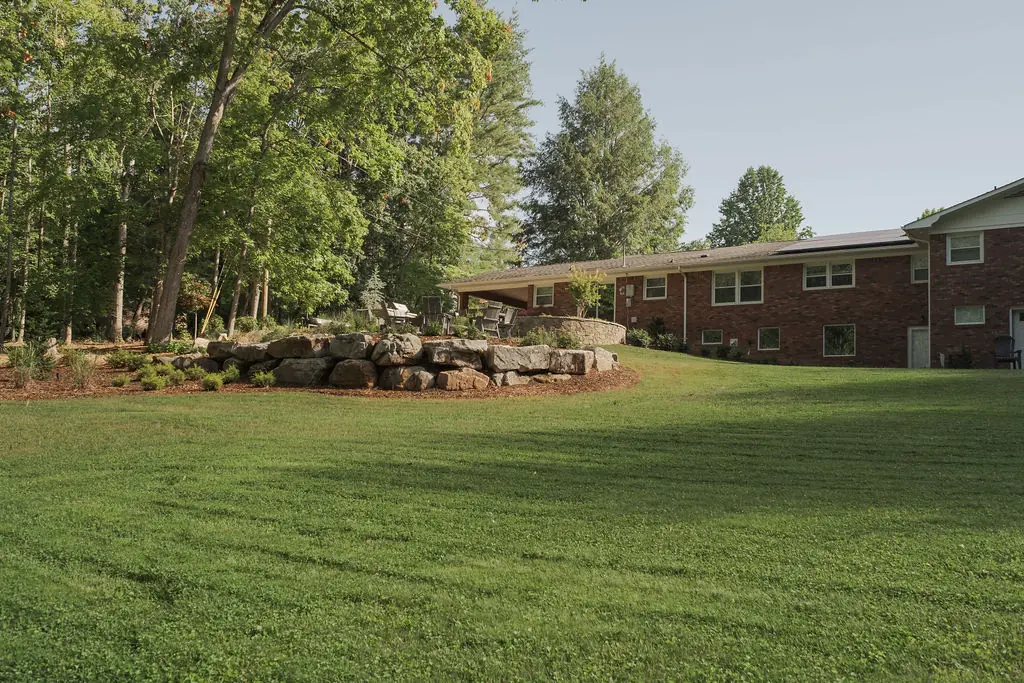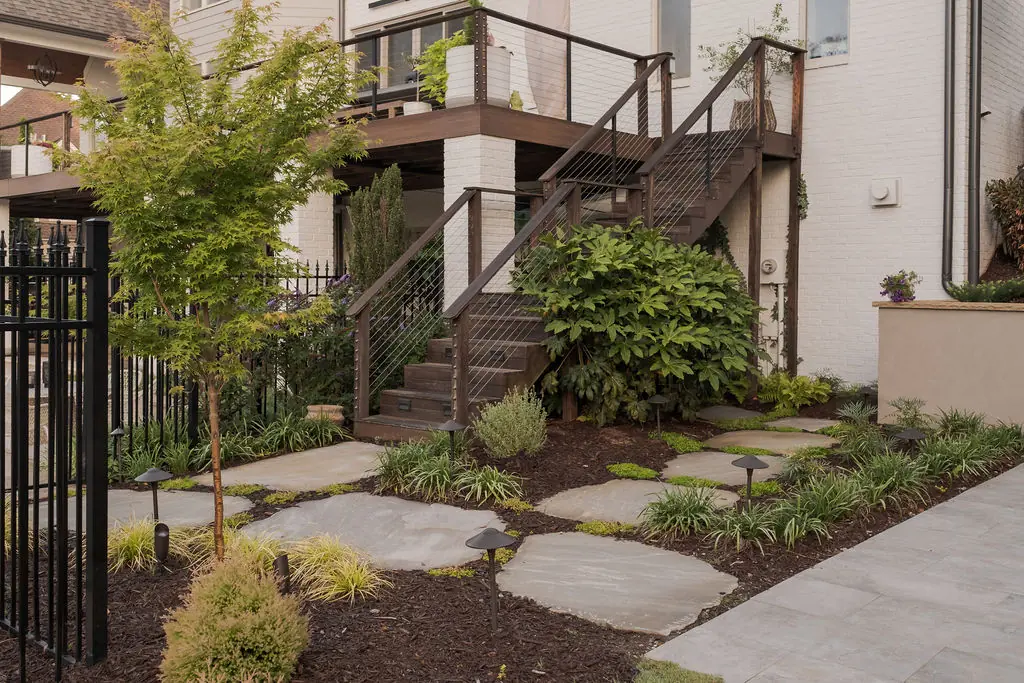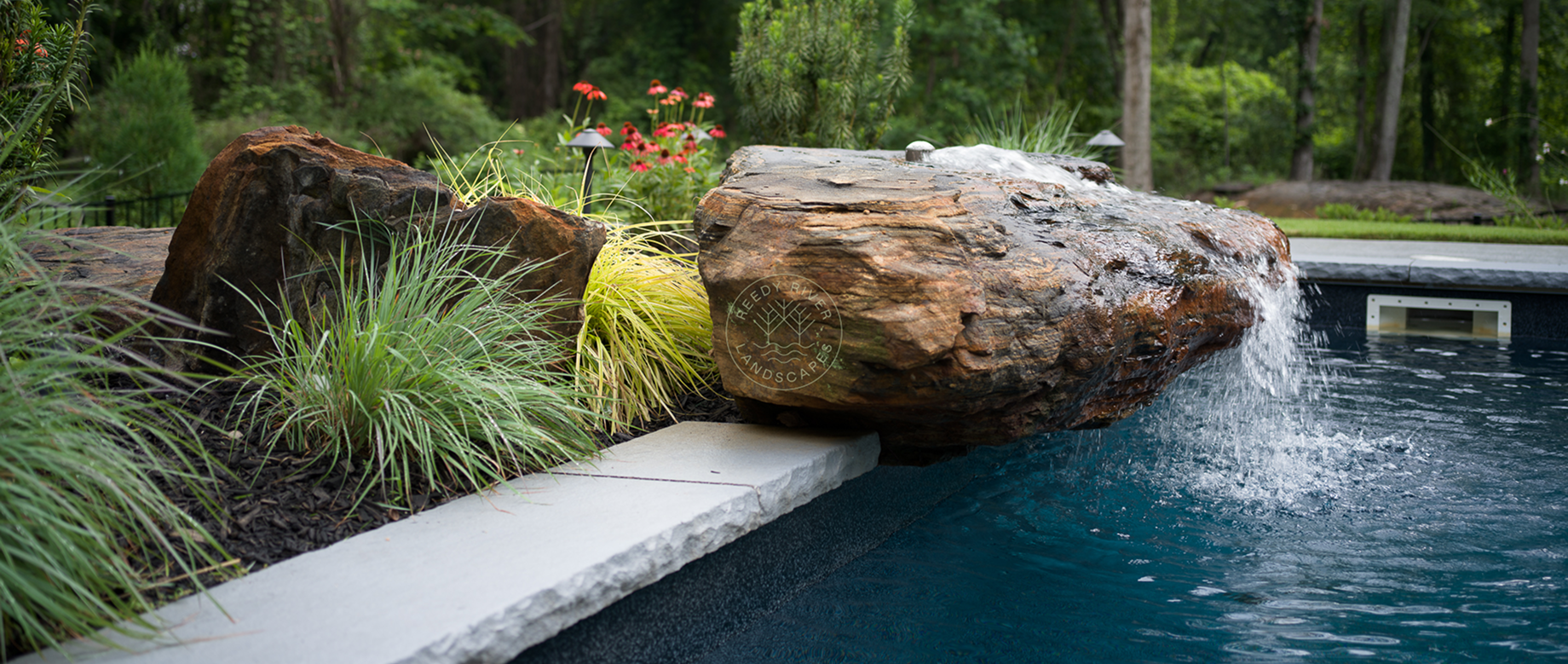Irrigation Installation Services: Save Water & Protect Your Lawn
Professional irrigation installation services deliver precise watering that saves 20–30% more water than DIY methods. Experts design efficient, code-compliant systems with smart controls, ensuring a greener, healthier lawn and long-term savings.

A lush, green lawn is a pride for many homeowners, but keeping it that way often comes with high water bills and wasted effort. Professional irrigation installation services offer a smarter solution: systems designed to deliver exactly the right amount of water at the right time. With the right contractor and components, you can save water, lower your utility costs, and maintain a healthier landscape.
In this article, we'll explore how professional irrigation installation works, why it’s more efficient than DIY watering, what to expect during design and installation, and how proper maintenance protects your investment.
Why Choose Professional Irrigation Installation Services
Efficiency and Water Conservation
Professional installers design systems that precisely match your landscape’s needs, avoiding overwatering or runoff. They use matched precipitation nozzles and hydraulic balancing to ensure even coverage without waste. Automated systems also take into account local evaporation and weather data for optimal scheduling.
Expertise in Design & Sizing
A homeowner might underestimate flow requirements, pressure losses, or how many zones are needed. Experienced designers handle pressure drops, pipe friction, and head spacing to avoid both dry spots and soggy patches.
Code Compliance, Permits, and Liability
Many municipalities require backflow prevention, permitted installation, or adherence to water use ordinances. A professional understands local codes and ensures compliance, protecting you from fines or failed inspections.
Long-Term Cost Savings
Though the upfront cost is higher than DIY, a well-installed system saves water (often 20–30 %) and reduces plant loss from under- or overwatering. Fewer repairs and better durability keep long-term costs lower.
Water-Saving Mechanisms in Modern Irrigation Systems
Zoned Watering & Pressure Regulation
Dividing the yard into multiple zones ensures that each zone receives water at an optimal rate. Professionals often incorporate pressure regulators and flow balancing to avoid misting or overspray.
Rain Sensors, Soil Moisture Sensors, Weather-Based Controllers
These devices prevent unnecessary watering during or after rainfall or when soil already has adequate moisture. Rain sensors or smart controllers are now standard in efficient systems.
Drip & Micro-Irrigation Options
For garden beds, shrubs, and areas with mixed planting, drip systems deliver water right at the root zone, reducing evaporation and runoff. This method can consume 20–50 % less water than standard sprinklers.
High-Efficiency Nozzles & Matched Precipitation Rates
Instead of older-style spray heads, modern systems use rotary, low-angle, or MP (matched precipitation) nozzles that apply water uniformly and slowly, reducing water waste.

Designing a System That Protects Your Lawn
Site Analysis: Slope, Soil Type, Sun/Shade Exposure
Design begins with mapping your property: soil infiltration rates, grade, exposure, existing plant zones, and hardscape features. These factors influence how quickly water is absorbed and where runoff might occur.
Flow Rate, Pressure, and Hydraulic Calculations
The design must match your water source’s capacity. Calculations of total dynamic head, flow per zone, and friction losses in pipe ensure the system performs as intended.
Choosing Zones, Pipe Layouts, and Coverage Mapping
Contractors map out zones so heads overlap properly (head-to-head coverage) without throwing water into sidewalks or houses. Pipe layout is optimized for minimal trenching and pressure balancing.
Backflow & Safety Devices
A backflow preventer protects your drinking water from contamination. In many jurisdictions, this is required. Pressure relief valves, check valves, and filter screens may also be part of the design.
Installation Process: What Happens Behind the Scenes
Trenching and Pipe-Laying
After staking out zones, trenches are dug (usually 6–12 inches deep). Pipe is laid carefully to avoid kinks or obstruction.
Installing Valves, Control Wires, and Sprinklers
Valve manifolds and valve boxes are installed in accessible locations. Electric wires are run to the controller, and sprinklers or drip emitters are placed per design.
Wiring and Controller Setup
The controller is programmed with schedules. Each station (zone) is wired and tested. Rain sensors or other automation devices are integrated.
Testing, Adjusting, and System Commissioning
The system is flushed, pressurized, and each head is checked for correct spray pattern. Adjustments are made so coverage is uniform and no water is wasted.
Maintaining & Optimizing Your Irrigation System
Seasonal Inspections & Calibrations
Twice yearly, inspect heads, check for leaks or misalignment, and verify controller settings.
Winterizing and Spring Start-Ups
In colder climates, pipes must be drained or blown out with compressed air to avoid freeze damage. In spring, systems need activation, testing, and adjustment.
Leak Detection, Clog Removal, and Repairs
A small broken head or pinhole leak can waste hundreds of gallons. Regular checks help identify issues early. Emitter cleaning and filter maintenance keep drip systems functioning.
Upgrades and Smart Retrofits
You can upgrade older systems by adding smart controllers, sensors, or converting zones to drip lines to further save water.
What to Ask & Expect From Contractors
Relevant Credentials, Experience, References
Ask for licensing, certifications (e.g., Irrigation Association), and references with photos of completed jobs.
Questions About Design, Components, Warranties
Request clarity about brand, warranty on valves and heads, and what monitoring or service support is included.
Contracts, Guarantees, and Post-Install Support
Ensure you get a written plan, warranty, and service agreement for irrigation maintenance or fixes.
Case Study: Real-World Water Savings
Consider a suburban homeowner with a 500 m² lawn who switches from hose watering to a professionally installed smart irrigation system. They reduce water usage by about 25 %, cutting annual watering bills. Over 5 years, savings recover much of the initial investment.
A professional design ensures that sloped areas don’t run off, and smart controllers prevent watering during rainfall—saving both money and environmental resources.
Quick Takeaways
- Professional irrigation installation services deliver water precisely, reducing waste by 20–30 %.
- Smart controls, sensors, and drip systems are key to modern efficiency.
- A good design accounts for soil, slope, flow, and pressure.
- Proper installation and commissioning are essential for system longevity.
- Ongoing maintenance and occasional upgrades extend performance.
- Ask contractors smart questions about design, warranty, and credentials before hiring.
How to Get Started
- Sketch your property, noting planting zones, slopes, and water source.
- Inquire from qualified irrigation contractors.
- Ask detailed questions (see section 6) and compare designs and warranties.
- Choose a contractor and monitor the install closely to ensure your landscape is protected.
FAQs
How much water can I save with professional irrigation installation services?
You can often see 20–30 % water savings compared to manual or poorly designed systems, thanks to optimized zoning, matched precipitation rates, and sensors.
Can I install an efficient system myself?
DIY is possible for small, flat lawns, but complex properties or steep slopes are better handled by professionals. Mistakes in design, pipe sizing, or pressure can cause inefficiency or damage.
How long does professional installation take?
Typically 3-7 days for a residential yard, depending on site complexity, trenching needs, and controller configuration.
How often should I service my irrigation system?
At minimum, service twice a year (spring and fall) plus quick checks mid-season. Look for leaks, misaligned heads, and calibration issues.
Are there rebates or incentives for installing water-efficient systems?
Many municipalities or water utilities offer rebates for efficient irrigation components—ask your contractor or local water agency about incentives in your area.
Conclusion
Professional irrigation installation is an investment in both your property and the planet. By hiring experts, you’ll enjoy a greener, healthier lawn while conserving water and cutting long-term costs. Whether you’re upgrading an outdated system or starting from scratch, the right design and maintenance plan ensure lasting results and peace of mind.
Ready to upgrade your outdoor watering system? Contact Reedy River Landscapes today to start saving water and protecting your lawn.

